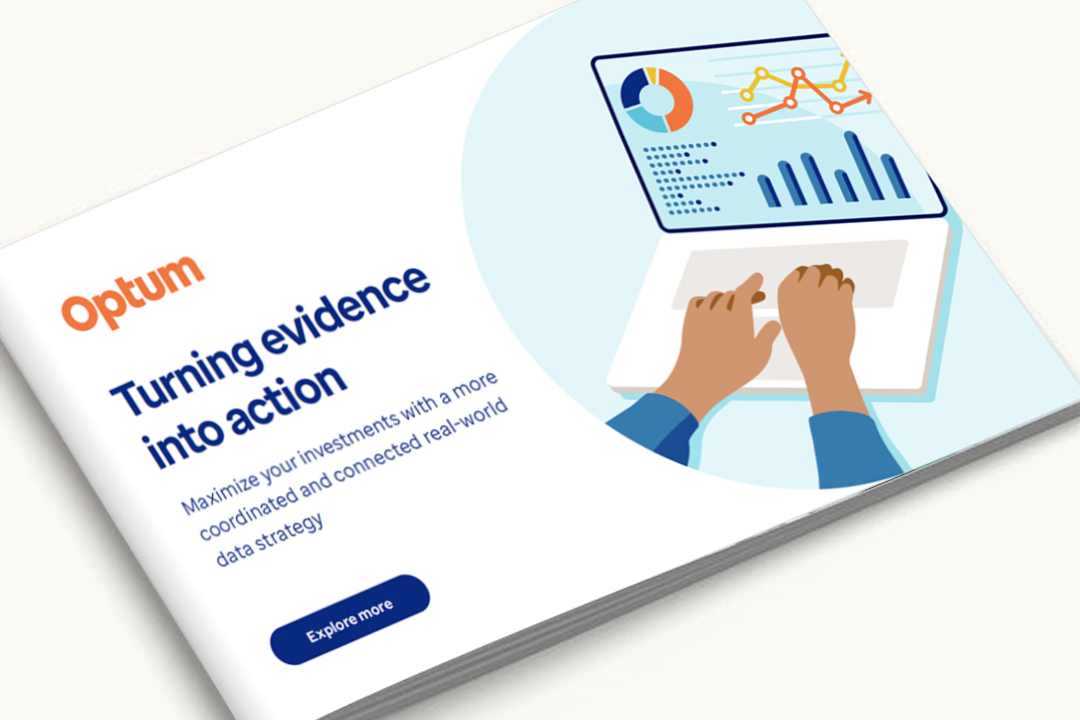The urgency to address osteoporosis early on
The U.S. Preventive Services Task Force advises osteoporosis screening for women over 65. It also suggests screening for postmenopausal women younger than 65 years who are at increased risk of osteoporosis based on a formal clinical risk assessment tool. A common screening tool is the bone mineral density testing by dual-energy x-ray absorptiometry (DXA).
However, real-world data estimates show that overall osteoporosis screening rates remain quite low, ranging from 12% among those over age 80 to 26% among those age 65–79. This suggests a potential opportunity for new tools or technologies to help bridge the gap between guidelines and patient care.
Undiagnosed or poorly managed osteoporosis can have both clinical and economic consequences. Patients who experience an osteoporosis-related fracture face significant health and economic burdens. In the 12 months following the fracture, patients can incur healthcare costs of more than $30,000. And an average of $3,000 will be paid by the patient. Costs also increase incrementally with subsequent fractures.
“Crystal Bone could be a new pre-screening tool that helps providers by identifying patients that may benefit from screening because they are at the highest risk,’" says Tina Kelley, senior director at Optum Life Sciences. “Given low screening rates, Crystal Bone may enable more conversations that lead to treatment plans that can reduce osteoporotic fracture risk.”



![Forging New Paths to Create a Healthier World [E-book]](/content/dam/optum-dam/images/business/pharmacy/transform-real-world-data-ebook-1080x720.png)

